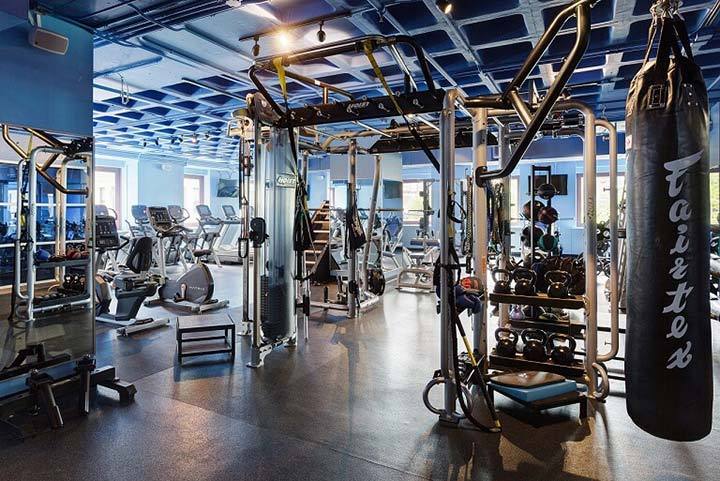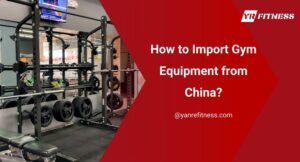Any business venture can be scary. But if you have the right guidance and understanding about how to do it. It will be a lot easier.
So, we’ve come up with a comprehensive guide on how you can properly and wisely set up a commercial gym on your own. From finding the right location for your health and wellness venture to marketing tips so you can successfully gain clients to exercise in your gym.
We have prepared all that just for you. Without further ado, let’s get cracking!
Every business startup has these two stages:
- Planning
- Execution
We divided the guidelines into these two phases. That’s to give you a better understand how to start your commercial gym business.
Table of Contents
- 1. Planning: Understanding Your Gym Business
- 2. Figuring out the Best Place to Set up Shop
- 3. Rental Cost
- 4. Surrounding Amenities
- 5. Convenience
- 6. Modern Layout
- 7. The Market
- 8. Types of Commercial Gyms
- 9. Cost of Starting Up a Gym
- 10. Execution: Setting Up Your Gym
- 11. Hiring Your Trainers and Management Staff
- 12. Purchasing the Right Gym Equipment
- 13. Marketing
- 14. Takeaways
1. Planning: Understanding Your Gym Business
When planning for your commercial gym, there are three things you need to focus on:
- Location
- Market
- Cost
These three agendas go hand in hand when creating a new business venture. Location typically addresses where your gym will be located. It generally predicts what kind of people your gym will be serving. For instance, your gym would typically serve corporate employees if it’s located near the business center of the city.

Figure 2: Planning Your Wellness Business Venture
The market will direct what type of gym is available and suited for the people you want to go into the gym. For example, in suburban areas where most of the population are households, you will have mothers as your customers. They usually join group fitness gyms to exercise and unwind.
As for the price, the type of gym, location, and market you’ll service greatly affect it.
Rent will obviously depend on the location of your gym. And the interiors and gym equipment you’ll need will depend on the type of gym you want to build.
We will get into detail about these in the next sections.
A well-rounded gym setup starts with the right suppliers, this list of top commercial gym equipment manufacturers can help you identify partners that align with your business goals.
2. Figuring out the Best Place to Set up Shop
A good location for a commercial gym should be somewhere near your intended market. Here are some of the elements you must factor in when locating your commercial gym spot.
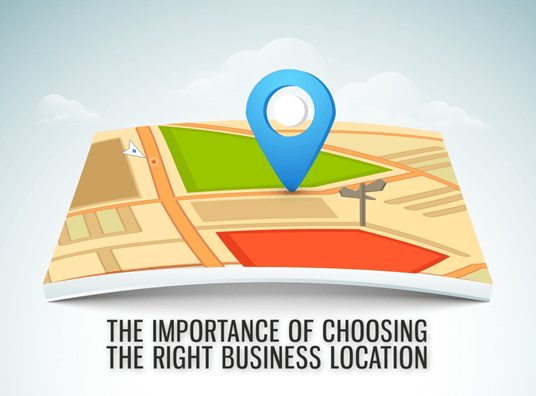
Figure 3: Business Location is Important
3. Rental Cost
Startup businesses have to be more conscious of spending too much for their overheads. The rental cost can be one of the avenues where you can exercise cost control.
For commercial fitness studios, it does not need to be very spacious. Or you’ll end up paying for a premium rent with more unused space than you would have needed.
Gym-goers nowadays are more attracted to places where they can train and socialize.
So, keep the space just enough for all your gym equipment to fit. And have enough spare room for your patrons to work out and socialize.
You can set up a nice and cozy cool-down area. Or a waiting area where people can destress after the intensive training in your studio.
YR Fitness helps gym owners get the most value out of every square meter. Contact us to get expert advice and high-quality equipment options that fit your space and budget.
4. Surrounding Amenities
Considering the outside space of the building is something most gym owners fail to do. You should put yourself in your client’s shoes to start with. That will give you a clear understanding of the kind of amenities they would appreciate.
Parking Space
Parking space is one of the outside amenities that most gym-goers would consider. People always carry exercise equipment and accessories when working out. These individuals may also go straight to your gym after an 8-hour shift at the office.
So, a gym near a spacious parking lot would be much appreciated by your patrons.
Nearby Shops
Being close to cafes, gas stations, and other shops could provide convenience to your users. Gym training and exercise can be a lot of stress to your future gym members. So, carefully survey the area you’re eyeing on. See if there are other shops your customers would want to go to before and after their workout sessions.
5. Convenience
Aside from being visible to the target market, your place must also be as accessible as possible. They could just be located by the side of a busy street or a busy alley.
Your customers must not have a hard time finding your place. When they have to crisscross alleyways and climb a lot of stairs to use your facility, they will likely want to exercise somewhere else.
If, however, the place you found is located at the side of a building, there must be a sign pointing to where your gym is. Make the sign clear so your potential customers can find you easily.
6. Modern Layout
An open-plan space is the best layout you can pick out for your gym. Avoid properties that need too much remodeling to make it more appropriate for a commercial gym.
A well-lit space is also a must for a gym. It creates a good environment where people could work out at ease.
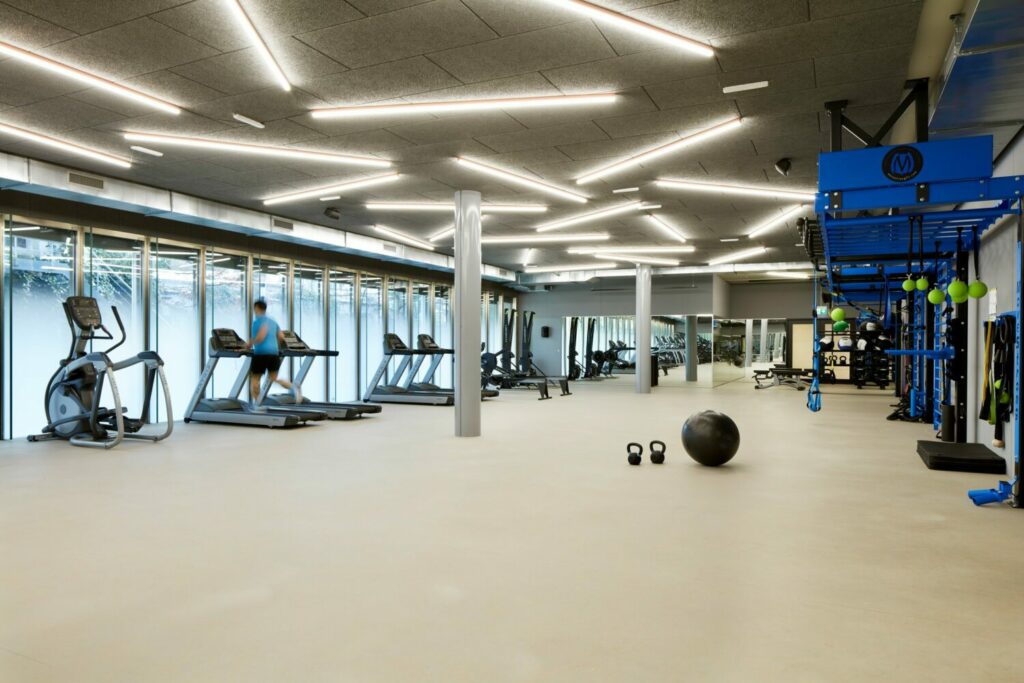
Figure 4: Wide space modern layout for a gym
Personal space is also essential. Your gym members should not feel too cramped while working out. Make sure that the quantity of equipment and the spaces available in the room is good enough to give them that.
Once you have decided on a location for your commercial gym, you now have to consider the needs and preferences of the people who will be using your gym.
Observing the neighborhood is the best way to understand them. Know how these people tick and what sort of wellness programs will they be attracted to take part in.
7. The Market
Understanding your target demographics is a matter of observing people. And then making sense of what they want from a gym.
Whatever the age groups and genders of the people that will use your facility, there will always be four types of gym-goers.
- Those you go to the gym to get slimmer or bulk up.
- Those who exercise and would prefer to socialize on the side.
- Those that workout to get their regular dose of intense training.
- And lastly, those who pay a monthly fee but don’t go to the gym.
Among these types of gym-goers, where does your target market fall? Of course, there may be some variations to this but the gist is all the same.
Now, when all is figured out about your target market, it’s time to think about the type of gym that’s right for them.
YR Fitness has helped thousands of gym owners choose wisely based on real-world use. Want help building the right setup? Talk to us.
8. Types of Commercial Gyms
There are a variety of gyms that can satisfy your customer’s needs for an exercise facility. We will have to go through each type one by one so you could decide what better fits the demographics of your market.
- Big Box Gyms
- Boutique Gyms
- Personal Training Gyms
- Women’s Gyms
- Functional Training Gyms
- Group Fitness Studios
- Powerlifting Gyms
Big Box Gyms
Big box gyms are the popular chain of commercial gyms people are more familiar with. They generally have almost everything in their facility. Massive cardio and strength equipment are available for the patrons.
Some may have more free weights than weight machines. Others will have sophisticated machines that are quite costly. Other big-box gyms will even have amenities such as spas, massages, and facials.
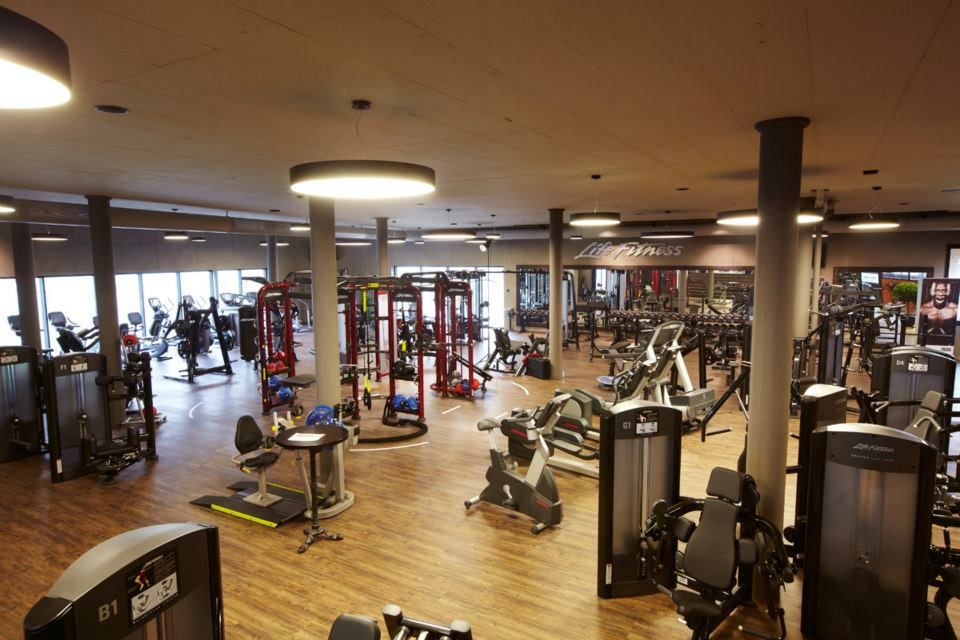
Figure 5: Sample of a Big Box Gym where almost every piece of gym equipment is found
Market Suitability
If the location of your gym is in the city or highly urbanized areas, a big box gym may be the right one to build. People in the metropolis are busybodies. They are always on the move and want to get things done fast.
With the big box gym, they get all the equipment they need for their exercise needs in one place.
Big box gyms are subdivided into three categories. That is to further categorize the people that will go into the gym and their basic needs.
Budget Big Box Gyms
Budget box gyms will have equipment and amenities for general health exercising. You won’t need specialized training equipment here like squat racks, or leg press machine.
Amenities and Equipment
If you’re planning to build a budget big box gym, you will provide basic equipment. These are dumbbells, barbells, exercise balls, exercise mats.
Your fitness facility will cater to people who just want general exercise. These people are not too picky with their equipment just as long as they can exercise on it.
Mid-range Big Box Gyms
For mid-range big box gyms, you will be offering more than your patron’s basic needs. The level of service you give your patrons is a balance of luxury and budget gyms.
Amenities and Equipment
For mid-range big box gyms, you will provide more amenities. This can be massages, childcare areas, basketball, and tennis courts.
Your clientele will usually be business people who want to relieve stress. And corporate staffs who want to have some fun with their officemates. They will expect modern and functional facilities from your gym.
Luxury Big Box Gyms
You may have visited gyms like Life Fitness and Equinox. These gyms are some of the examples of luxury big box gyms.
Amenities and Equipment
People go to luxury big box gyms not just to exercise or mingle but to be pampered as well. That means pools, saunas, squash, tennis, and basketball courts, and even meditation gardens. Be ready to offer specialized training and group classes for your patrons too.
A trademark of luxury big box gyms is the sophisticated and classy ambiance of the facility. You will need to invest in machines that are packed with entertainment features.
Not only that, the facility should look the part too. Your gym should have luxurious furnishings and classy interior designs.
Boutique Gyms
Small yet cozy, that’s the image boutique gyms want to achieve. As such, they are not the typical gym where members can go, exercise, and leave. These boutique gyms offer group classes or one on one training with their members.
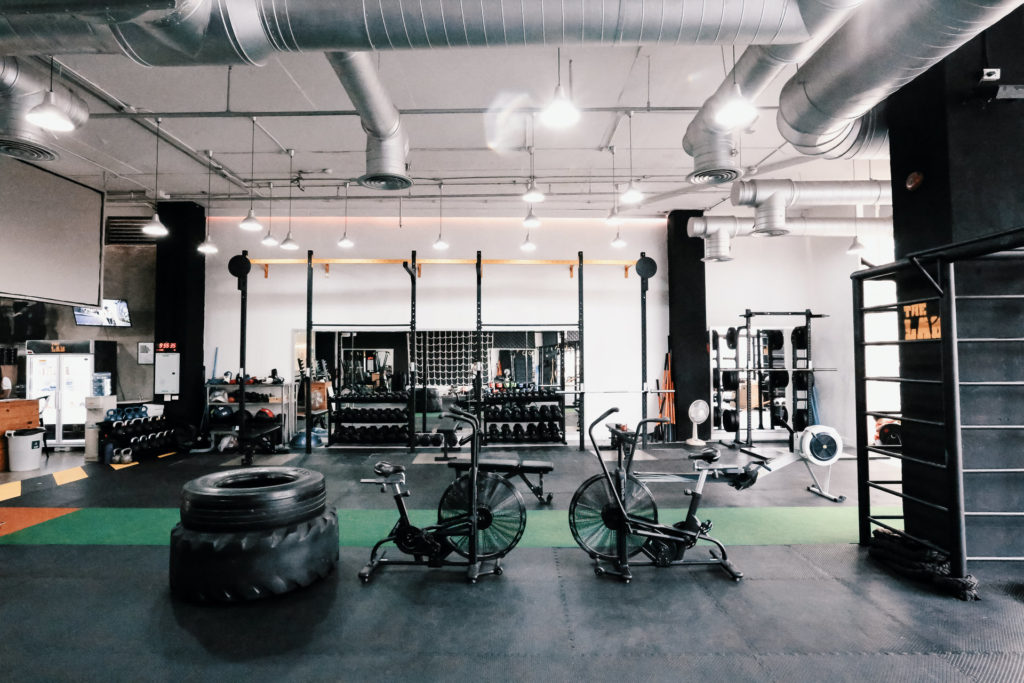
Figure 6: Boutique Gym for a Weight Loss Studio
Market Suitability
Members of boutique gyms expect to go to class and then socialize with their peers. They are usually moms, middle-aged adults, and employees who want to mingle with other people.
Amenities and Equipment
To cater to their needs, you will offer group classes like yoga, Pilates, aerobics, or dance fitness training. Together with a cool-down lounge where these people can meet and greet each other, your gym can satisfy their needs. That is, to exercise and mingle.
You might also need to provide personal training to some of your clients. And for that, you need a certified PT (Personal Trainer) to do the job.
Personal Training Gyms
Personal training gyms are usually smaller studios. They have specialized equipment for certain training programs. The customers are usually on a schedule to use the facility. Or the gym offers in-home training provided by a hired qualified instructor.
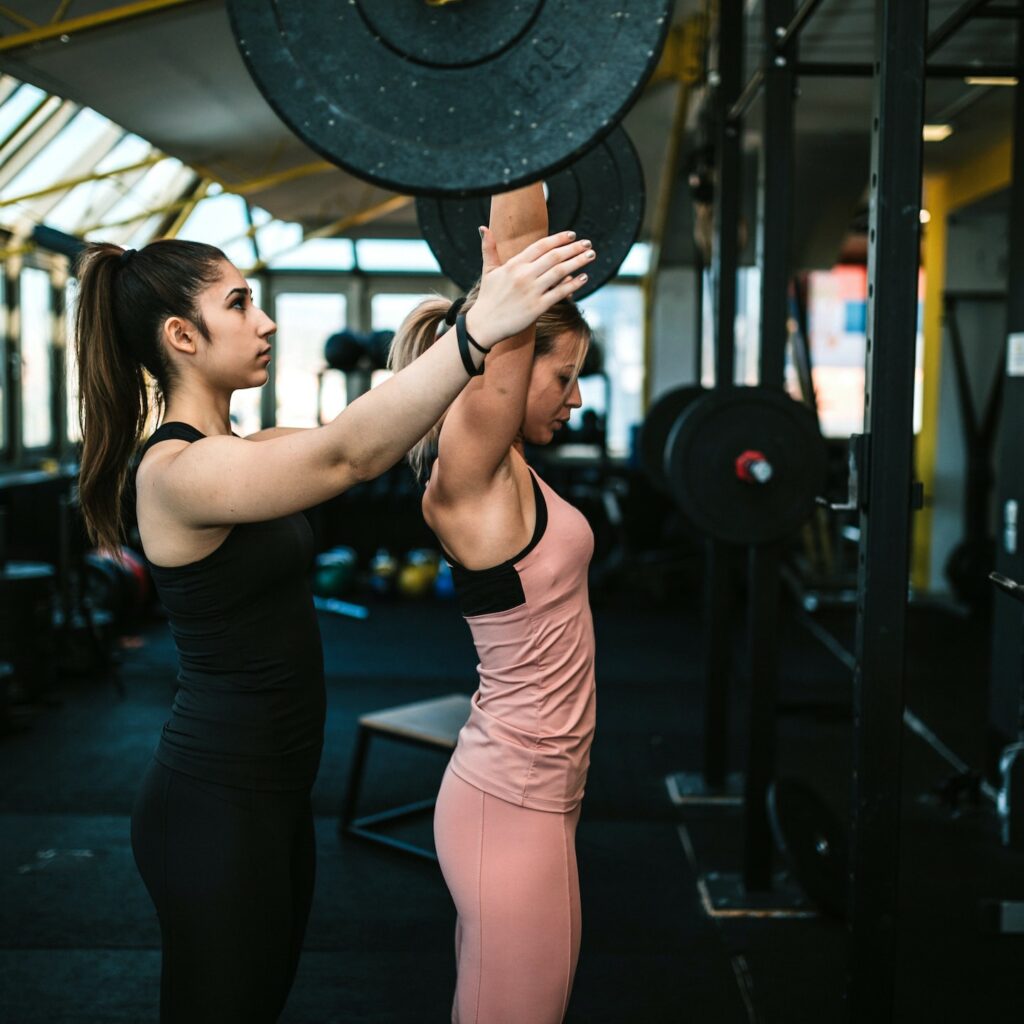
Figure 7: Personal Training Gym
Market Suitability
Personal training gyms are for people who like to exercise when they have some guidance. They may be individuals who are quite new to the kind of exercise they want to train for. Or they could be someone who needs specialized training for one or more specific goals.
Amenities and Equipment
With this, you need to have a qualified, experienced, and certified trainer to do the job. For the equipment, you need weight machines, free weights, cardio and strength equipment. You will also likely provide specialized equipment for specific training you will offer.
Limited number of clients means fewer users of your equipment. So, you will only need light to mid-range machines and accessories for your gym.
Women’s Gyms
Some female exercisers tend to be uncomfortable with a co-ed gym like box gyms. If you’re considering serving female clients, you need women-friendly amenities and programs. And you have to make sure that your gym is well-equipped for proper hygiene.
Amenities and Equipment
Cardio equipment like treadmills, steppers, exercise bikes, ellipticals are a must for women’s gyms. You can also add resistance and strength machines including leg press, chest press, pull-downs. Light free weights like kettlebells, dumbbells, and up to 25kg Olympic and standard barbells will do.
You can offer training for yoga, Pilates, aerobics, dance fitness, boot camps, and other group classes. Always make available personal training classes for yoga, Pilates, and weight loss training.
Functional Training and HIIT Gyms
Functional Training is a new kind of workout where one performs intense exercises for short periods. The practice has evolved from the popular HIIT (High-Intensity Interval Training) programs previously introduced.
Market Suitability
HIIT and Functional Training trainees are people who have intermediate to advanced fitness levels. They are not squeamish with pain and can withstand physical stress well. With this kind of fitness level, this means they will have knowledge of gym equipment and how to use them.
Amenities and Equipment
So, to accommodate these kinds of individuals, you have to provide the high quality gears. Cardio, resistance, weightlifting equipment, battle and jump ropes are some of the tools you need to start a Functional Training or HIIT gym.
Since these workouts are usually done in groups, you need a wide space for your gym. Ensure that you give each athlete 100 sqft of space to perform their WODs (Workout of the Day). This is also for the safety of each of your clients.
You also need a certified HIIT trainer or level 1 Functional Training Trainer (CF-L1) to operate the gym. This is a basic requirement for HIIT and Functional Training gyms.
Group Fitness Gyms
These kinds of gyms are like boutique ones but on a much larger scale. There would be at least 20 or more people using your facilities at once. Group fitness gyms are more characterized by their open wide spaces and interactive instructors.
The instructors you would want to hire for your group fitness gym should be an expert in at least two types of exercises.
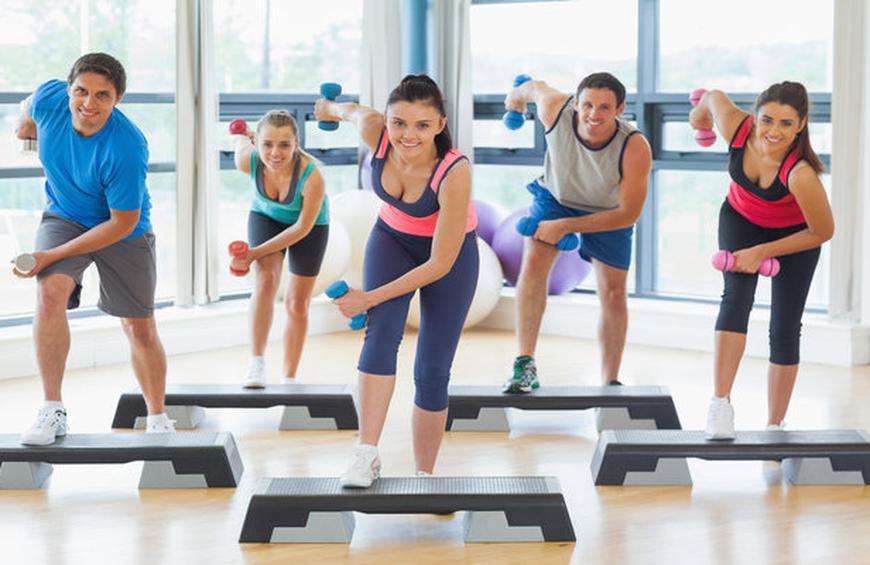
Figure 9: Group Fitness Gym for Aerobics Classes
Market Suitability
According to Les Mills, 81% of group fitness joiners are from millennials and Gen Z. And they are generally women from ages 20 to 40 years old. Interiors, facilities, and equipment must be chosen to appeal to this demographic. Also, a presence on the internet is a must for these techy generations.
Amenities and Equipment
For group fitness gyms, equipment is very minimal. And the area does not need a sophisticated style of interior design. But you need a large space at least 100sqft to fit at least 10 people exercising altogether.
The exercises you can include in your group fitness gym are:
- Spinning
- Dance fitness
- Yoga
- Pilates
- Bootcamp
- HIIT
- Circuit Training
- Aerobics
- Zumba
- Kickboxing
- Plyo training
There is still a lot of group fitness training you can offer in your gym besides these. However, you should consider the space and the available instructors in your area before deciding on a program to offer.
Powerlifting or Weightlifting gyms
If you’re near a population where everybody is fond of bulking up and getting their bodies overly muscular, then maybe a powerlifting gym is the right business venture for you. Powerlifting or weightlifting gyms are the specialized centers of the weight room in a typical box gym.
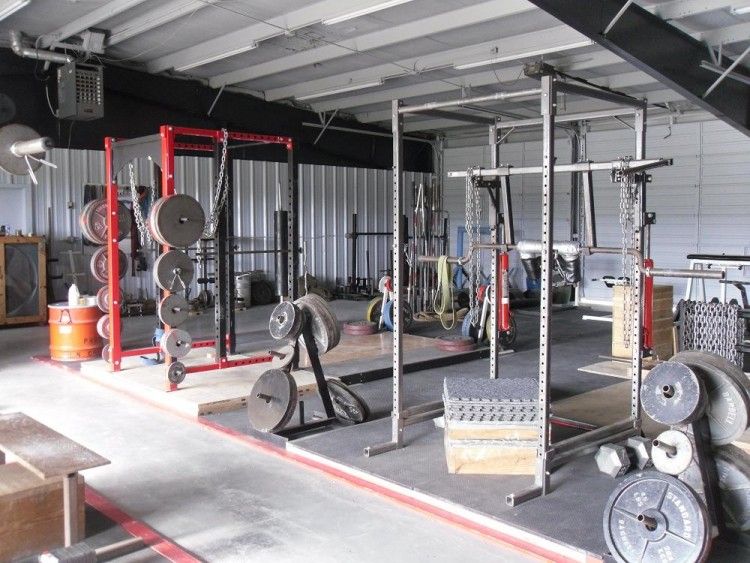
Figure 10: Powerlifting or Weightlifting Gym
Market Suitability
You will usually have clients that are pro or beginner competitors in weight lifting matches and competitions. A certified and maybe popular weightlifting instructor would also come in handy when promoting your gym.
You would also need contacts on the handlers or agencies of these competitions so you can persuade some of their challengers to work out and condition in your gym.
Amenities and Equipment
These gyms would normally have bench press, free weights, squat racks, power racks, sandbags, cable machines, balance trainers, and many more. You will also need bumper plates, weight lifting bars, and several storage racks for these.
If you have a good enough idea of what kind of gym or fitness center would be best for the clients and individuals in your location, we can talk about how much you would have to invest in your business.
YR Fitness manufactures machines that align with your format and clientele. If you’re mapping out your facility’s focus, reach us to make sure your equipment choices are spot on.
9. Cost of Starting Up a Gym
Cost and revenue are a hot topic in any business especially when you have investors that need to be happy with their dividends once your gym has materialized from the ground up. Certain factors affect and make up the cost of a startup gym.
Startup costs for a gym will vary depending on the type of gym and its location. In the US, a studio gym will cost at least $65,000 while a mid-size one needs a minimum of $115,000.

Figure 11: Figuring out how much you need for your gym startup
To get a better look at what your expenses may be in starting up your gym, we have listed all the possible spending you might need to do to start your gym. Feel free to choose what’s applicable and key it into your worksheet.
Physical Location (Rent or property acquisition) – $50,000 or more
The cost of your gym space will vary greatly depending on its location, manner of acquiring it (rent or purchase), size of the space, and existing amenities that are already installed in it.
As a rule of thumb, you need to always make comparative research for your desired area.
Gym Equipment – $10,000 to $100,000
Depending on the volume and sophistication of the gym equipment you want for your gym, the cost will range from $10,000 for a personal studio to $100,000 for luxury big box gyms. When shopping for gym equipment, keep in mind that you will normally get discounts if you buy in bulk or purchase directly from the gym equipment manufacturer.
Certifications – $500 to $1000 per certification
Experienced and certified staff is a big plus for any gym or fitness center. Aside from hiring them, you need to get them certified if they aren’t already. And if they are registered, their certificates need to be renewed. In the US, certifications amount to $500 the least.
Licenses and Permits
Aside from the business registration, you would need to pay for any local, statewide, and national permits and licenses that are required by your government for running a business and a fitness center. These costs are varied depending on the location of your gym, so it would be hard to give an estimated cost.
Legal and Processing Fees – $9,000
For negotiating the lease of your gym space or facilitating the purchase of the property, professional and legal fees can be a hefty expense too. You would also need to pay for the processing of your licenses and permits which all in all can easily amount to $9,000.
Insurance – $12,000
Insurance for your gym is a legal requirement and would also be important for any unexpected issues that might occur during your operations. Expect to shoulder the costs for general liability, surety bond, and worker’s compensation as a bare minimum.
Building Improvements
There’s no such thing as a move-in-ready business establishment. In one way or another, you would have to spend some money for uplifting the interior and the façade of the building or space of your gym. The costs are very varied depending on the changes you’d want to make and the cost of materials and labor for these.
Computer Network and POS – $500 to $2,500
Everything is now paid either through a card or online payment facilities. To be able to set this up, you need to install an internet network in your gym and spend for a point-of-sale system to be able to accept through these payment methods.
Recruitment and Employee Onboarding
Though at a minimum, you should expect to expend at least $1000 for finding and recruiting your personal trainers as well as management employees. You would also need to provide uniforms and other equipment for them to do their job.
Gym Supplies – $1000
Supplies for your gym like towels, office stationery, chairs, tables, and whatnots will cost a bit of money too so your employees and clients can use your facility with ease.
Merchandise
T-shirts, water bottles, supplements, protein powders, and shakes with your gym’s name tag on them can also be a form of advertisement. It can also be a medium for your customers to keep using your gym. Keep aside some money for your initial stock then you can revolve the fund from that.
Advertising – $5000
Since you are just starting out, unless you’ve acquired a franchise, you need to let the people know that your business is there to help them with their wellness activities. From brochures to local TV and radio advertising, you would need at least $5000.
Website – $300 – $1000
Since everything is found via Google now, you need to have a presence online. The initial build for a basic website is $300.
But for a responsive and efficient website where people could easily interact, book, and become a member of your gym, you need at least a thousand dollars for that. This does not include management of your website and online marketing management for it.
These are all the expenditures you should expect for setting up your gym in the US.
If you’re setting up shop in other countries, not all of them might apply for you or there might also be additional costs that we failed to list here. Just the same, this will at least give you an idea of how much would your wellness venture cost, give or take.
Also, take note that these costs are just your startup costs, if you’re going to build a business plan for yourself or potential investors, you need to look at your operating costs too. For detailed information about this, refer to this page.
After all the planning and factoring in all the considerations for your gym business, now is the time to put all that’s written on paper into action.
The team at YR Fitness can walk you through equipment budgeting with bulk pricing directly from our factory. Get clarity and smart options before you invest, contact us today.
10. Execution: Setting Up Your Gym
By now, you would have known where to put your business, acquired the property, and have the money to start the setup. All you need to do is get the ball rolling.
When setting up your gym, there are five activities you need to do.
- Legalize your business
- Start the reconstruction of your gym space
- Hire your trainers and management staff
- Get the right gym equipment
- Market your business
Let’s start with the first one.
Legalizing your Business
The first step in any business venture is making things fair and square with your government. It starts with having a business license. Let’s outline the requirements when starting up a gym business in the US.

Figure 12: Registering your business with the government
File for An EIN (Employer Identification Number)
An employer identification number is like an ID number for your gym business. You can file your business tax and provide tax information to any of the employees of your gym with an EIN. Your EIN also makes it possible for your personal tax information to be separated from your gym’s tax.
To apply for an EIN, go to the IRS website on this page.
Check Your Zoning Requirements
Before opening a gym in any location, you should check if the area is within the business zone set by your local government. Also, check if you can build a gym in that area. To get accurate information about the zoning laws in an area, visit the department of city planning or a similar office in that locality.
Building Permits
After you have confirmed that you are allowed to put up a gym business in your chosen location, you now have to get an occupancy permit for the building.
Occupancy permits determine that the space you are renting is suitable for a gym. To know more about the requirements for a usable and efficient gym, visit the Whole Building Design Guide’s website.
Register for Taxes
After getting your EIN, you can now register to the local and state government for taxes due for your business. You might need the help of an accountant or attorney to assist you in preparing all the documents and guide you in the proper procedures to follow in registering for taxes.
To understand more how to register your business to local, state, and federal agencies, get the comprehensive information from SBA’s Business Guide.
Obtain Your Business License
A business license gives you the authority to operate a gym in a specified locality. So, don’t confuse it with registering your business for taxes. Processing for a business license is a long list of permits and inspections that may be needed by your local government.
Here’s the list of permits and licenses you might have to comply with before you get your business license.
Get Insurance for Your Business, Clients, and Employees
Insurance keeps your business protected from sudden and untimely damages that may arise while operating your gym. Basic insurance policies that you would want to get are for your property, clients, and employees.

Figure 13: Why a Business Insurance Policy is important?
Getting Your Gym Space Fixed Up
Making your fitness center or gym lives up to its purpose can be a demanding task. That’s why people who get into this business must be familiar enough with what goes on inside a gym. Only then can you properly decide what amenities, facilities, and layout would be best for your clients.
Those who are not yet well-versed in organizing and setting up a gym can rely on this short guide we have prepared.
Gym Layout
Everything starts with a layout. It is where you can properly envision and design a functional and efficient gym. Consider these factors to wisely organize the spaces in your gym
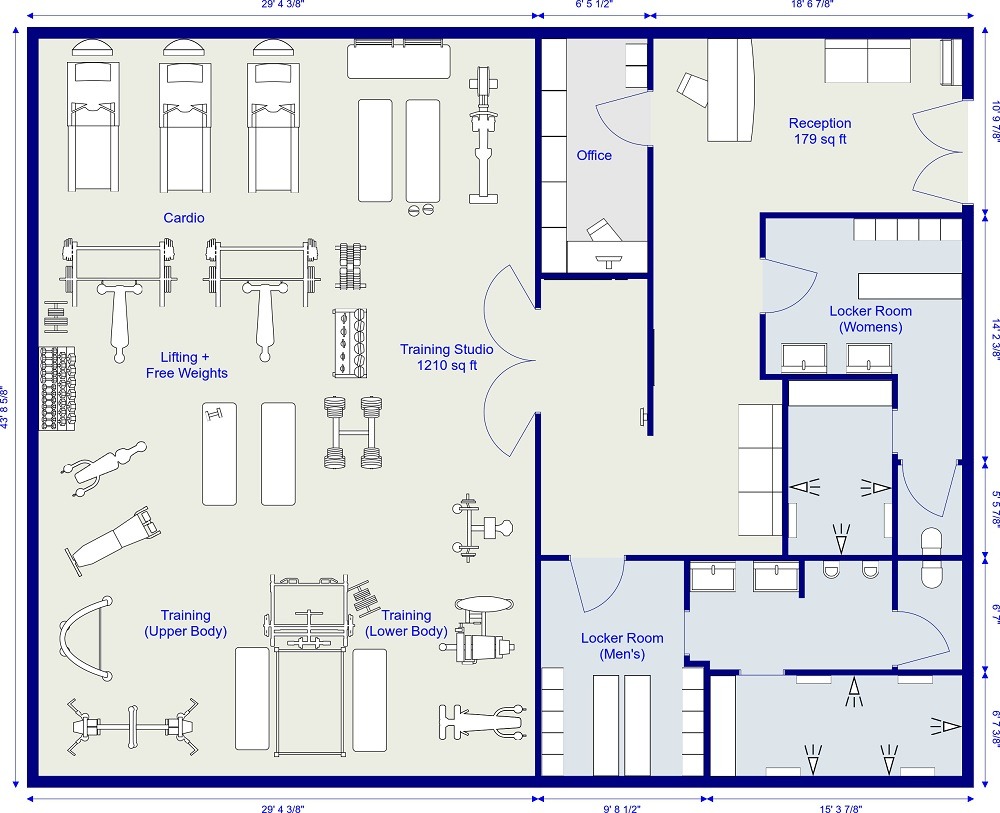
Figure 14: Sample of a Gym Layout
The Rule of Quarters
Use the “rule of quarters” when planning the layout of your gym. Split the area into quarters and designate a category in each section. You can divide up the areas into the four main types of exercises: strengthening, stretching, balance, and cardio. Then further subdivide that into selectorized, big iron, and sub-functional areas.
Incorporate Hygiene in Your Layout
Showers and locker rooms are essential amenities in any gym. You should plan them while factoring in the hygiene of your clients. It’s better to sometimes have separate washrooms, and showers.
Put them on either side of the space so no one roams around your gym with sweat dripping all over their body.
If that one’s not possible, consider having the showers near the weight room and cardio sections of your gym. These are the areas where exercisers are expected to sweat a lot. If you plan to offer group classes, each room used for these training should have its own washroom, lockers, and showers.
Only then can you decide what kind of interior each area should have. Of course, there should be a harmonized interior design for the walls of your gym. But each specific area must still be organized to fit the designated section each area has.
Choosing Your Interiors
When choosing your interiors for the gym, it should be both functional and will promote motivation to your clients. The gym should have signages of where and what should be in the designated space, e.g. cardio equipment in the cardio section.
Consider the colors in the room, air quality, air conditioning, and lighting should give your clients the mood for exercising.
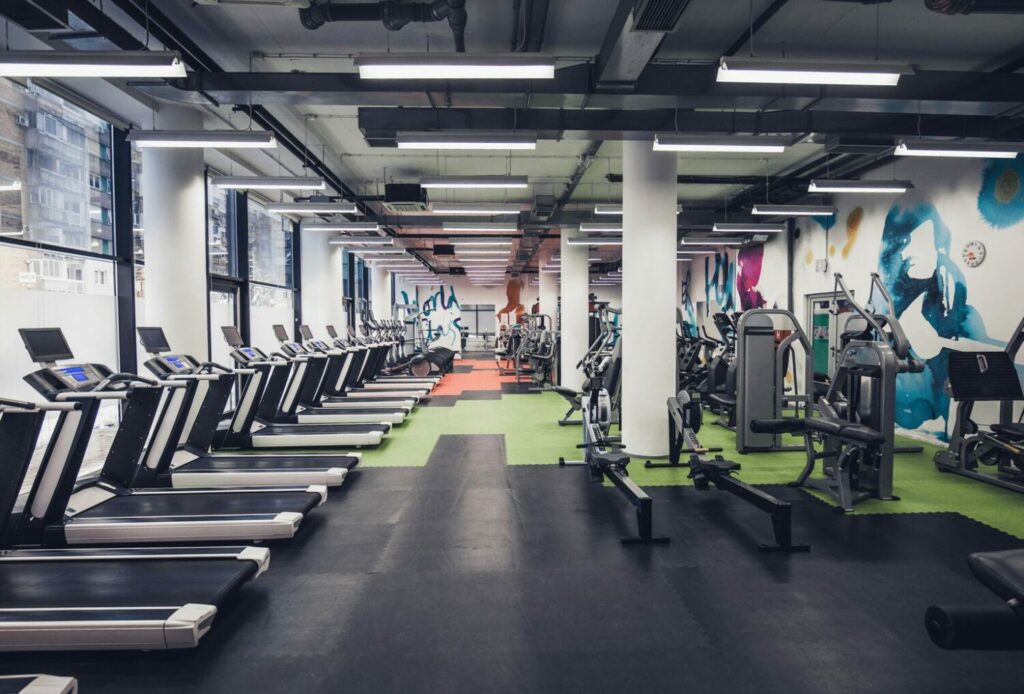
Figure 15: Good Example of a Gym’s Interior
Flooring
If you’re observant enough, you will notice that not all areas of the gym have the same type of flooring. That’s because the floor covering has to also accommodate the machines and exercises that will be done in that area of the gym.
Free weights will need heavy-duty flooring that can absorb high and sudden impacts and protect the floor beneath it. Spaces that are designated for aerobics classes, yoga, Pilates, and dance classes must have antibacterial flooring with more slip-resistant and fall arrest qualities.
In general, consider the wear and tear of the floor cover when hundreds of people walk on it. Make sure that the flooring can absorb impact, is non-slippery, will not give off an unpleasant odor, and will complement the overall interior of your gym.
Lighting and Color Scheme
Natural light is the best to provide a sufficient and stress-free aura to your place. Consider placing big windows here and there in your gym.
For areas that full or half-length windows are not possible, try to blend in colors that reflect artificial light well. That would make the space less suffocating and dreary which should not be the case in a gym.
To make the space look bigger, choose light colors, or even paint it with white then just add accents. You can also paint your gym’s name and motivation quotes on the walls.
After figuring out how your space will look like, both exterior and interior, you can now find a contractor that can do the job for you. Find an experienced one that has previously worked on a gym or similar type of business.
They also need to process permits to start their work. So, their knowledge of the ins and outs of the job will be a plus for you.
11. Hiring Your Trainers and Management Staff
Hiring Trainers for Your Gym
There are two methods for hiring a fitness trainer, as a contractor or as an employee. Choosing which way to go will depend mostly on the size of your gym. The number of members or clients you expect to have naturally dictated your choice for an independent contractor or one that is employed to you.

Figure 16: How to Hire a Fitness Trainer
Hire an independent contractor if you will have only a few clients now and then. They are best suited for boutique and personal training gyms. They can be also employed for big box gyms but they will be only called when there is a request from your client.
On the other hand, it is recommended to have a fitness trainer on your payroll when you offer group or individual fitness programs. When you have a larger membership, one or two employed fitness trainers can look out for each one of them whenever they need help.
Types of Instructors You Might Need for Your Gym
- Physique Trainers
- Performance Personal Trainers
- Lifestyle Personal Trainers
- Boot Camp Instructors
- Group fitness trainers
Whatever type of trainer you need for your gym and how you might hire them, the most important thing is that they are experienced and certified to do the job. For trainers in the US, below are the agencies that give certificates to fitness instructors:
- American Council on Exercise (ACE)
- National Academy of Sports Medicine (NASM)
- American College of Sports Medicine (ACSM)
- National Strength and Conditioning Association (NSCA)
- International Sports Sciences Association (ISSA)
Be sure that your chosen trainer has at least one certificate from these independent certificate-giving agencies. You can’t risk letting someone guide your clients without having proper training themselves.
Management Staff
For your startup gym, three essential roles need to be filled in, pronto.
- Operations Manager
- Front Desk Staff
- Maintenance Personnel
- Service Technicians
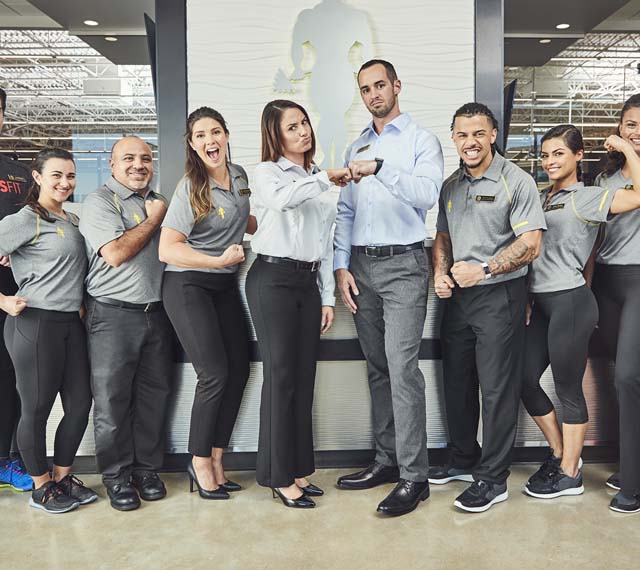
Figure 17: Gym Management Staff Roles
Operations manager
You can take on this role if you are confident enough and are experienced in managing the daily activities of your gym. If not, you can choose to hire someone who has previous experience with the job at hand. They need not be previously employed in a gym but just in a similar setting.
Front Desk Staff
The person at the front desk is to whom your first-time clients will rely on. They also carry the image of your business. So, give it a thought when hiring one. Your front desk personnel will need to be
- good at customer service
- confident
- dependable
- and above all else has a background in exercising at a gym
Maintenance Personnel
Large gyms with several amenities such as spas, pools, massages, or saunas need to have employed maintenance personnel keeping guard. But for gyms of medium or smaller size, contracted ones will work just fine. They can work at the wee hours of the gym without disturbing any of your gym members.
Service Technicians
Service technicians are on-call and are usually contracted. But you have to find an outfit that knows the systems of most of your equipment in the gym early on. Don’t wait for some gym equipment to break down then scram for help.
12. Purchasing the Right Gym Equipment
Your choice of gym equipment will largely depend on the services you plan to offer in your gym and the type of gym you’d want to build.
There are just three criteria for choosing the right gym equipment for your fitness center:
- Quality
- Cost
- Efficiency
Quality and cost are almost determined by the manufacturer of the equipment. This means that to target the two most important factors for decent gym equipment, you would need a trusted and experienced manufacturer under your belt.
Overseas gym equipment manufacturers are your likely candidates for these. Not only do they manufacture and sell high-quality products at a much lower price, but there would also be tons of varieties and options that you could choose from.
YR Fitness
A strong candidate as your gym equipment supplier is Shanghai Eastern YR Fitness Equipment Co., Ltd. The company is a well-known manufacturer of gym equipment based in Anhui, China.
It has been manufacturing various gym equipment from cardio, strength, and resistance machines for more than 20 years now.
It also has a dedicated R&D team that has designed and produced a number of patented gym equipment. Its R&D team has experts for exercise physiology, ergonomics, biomechanics, machinery, manufacturing, and technology advancement.
As of current, YR Fitness holds more than 40 patents for their gym equipment.
With the experience and expertise of Shanghai Eastern YR Fitness Equipment, you can be rest assured that the gym equipment and accessories you get from them are all of premium quality. And more importantly, are cost-effective.
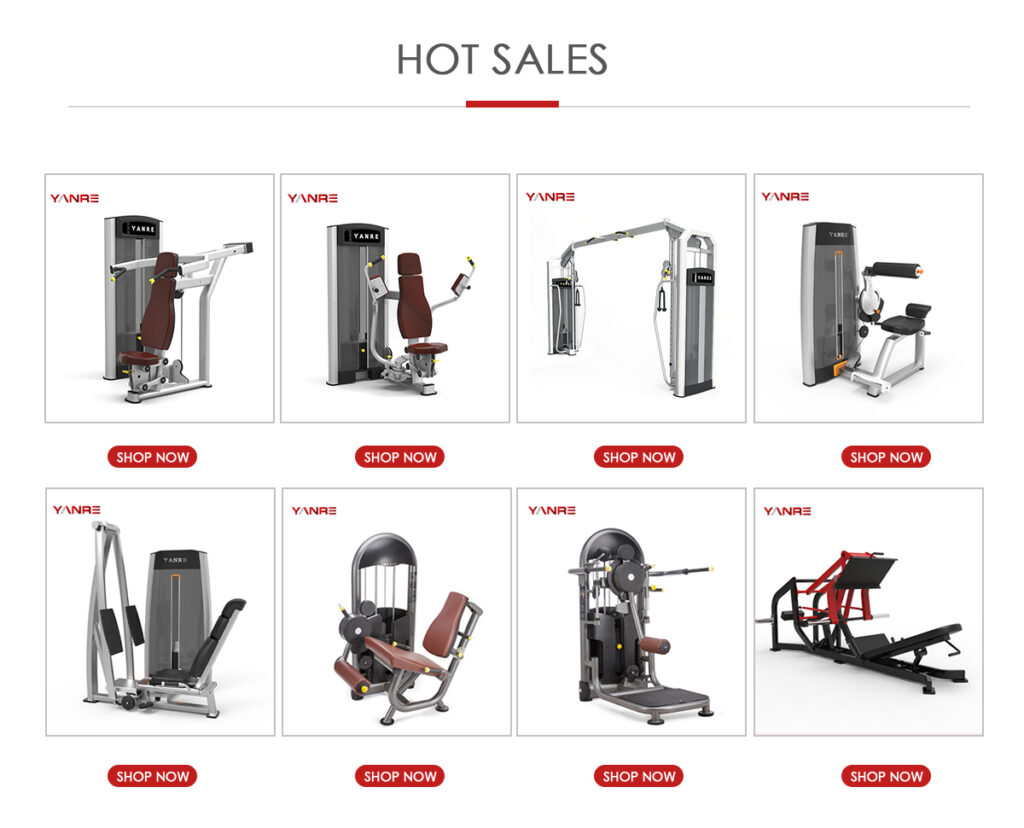
Figure 18: Purchasing your gym Equipment
As for the efficiency of the gym equipment, find machines that you can be used for more than for exercise. Or you can choose gears and equipment that would allow two or more clients to use the machine simultaneously.
These kinds of machines can greatly reduce the space you need for your gym and you can sit in more clients at a time.
Meeting and doing business with a trustworthy and premium quality maker of gym equipment does not end your busy life of preparing for your wellness venture. You have now to let people know that your gym is there to help them with their health and wellness goals very soon and that you’ll be a great service provider to them.
13. Marketing
All the efforts in planning and bringing your fitness center come to life will be put to waste if you can’t convince people to come to your place. So, we will give you some tips on how to market your newly built commercial gym well.

Figure 19: Promotional Ideas for your Gym Start-Up
Identify your Market and Have a Creative USP
First of all, you need to know who you want to register and be a member of your gym. You need to understand how those particular individuals tick and how you can convince them in patronizing your fitness center.
Then create your USP (Unique Selling Proposition).
- What makes you stand out from all the rest of the gym outfits in your area?
- What service can you provide that the others don’t have?
These are just some of the questions you have to answer to identify your gym’s USP. Once you’ve figured this out, you can now go on and promote your gym to channels of your choosing.
Offer a Free Week Trial
This scheme is effective to convince the undecided public that your gym is worth joining in. That’s why just like any first dates, the first week that a potential client uses your fitness facility is crucial to winning them over. It can also be an avenue of marketing by word of mouth.
Special Offers
Everyone is a sucker for a good deal. Promos like the first 20 customers get a one-month free premium membership could truly catch the attention of individuals who don’t have yet their heart set to a gym. Offer free health guides, diet consultations, discounts, and other value-added services.
Organize a website
Everything is online today. So, you need to have a presence on the internet especially Google searches. Invest in a website and hire a web advertising agency to feature your gym in blogs, social media, and others. You can also create social medial pages yourself.
For more efficient use of your web advertising investment, ask to set up an online reservation or membership on your website. That way, prospective clients won’t have to go down to your place and sign up for the membership.
Keep in Touch with Your Leads
People who are interested in your gym would always inquire about your services. Make sure that you get their contact details and update them on the current offers and promos you might have. As of recently, over 50% of a gym and health club’s membership increase is because of unceasing follow-ups to prospects.
Partner with a Non-profit Fundraiser
Fundraisers or any events in that matter are an effective way of gaining trust from the public. Nonprofit organizations have the reputation of offering sincere and genuine service to people. And that’s what your gym needs to be viewed on. So, get busy and find some events that can garner your fitness center’s good reputation.
Now, you’re well-armed to promote your gym or fitness center. Just keep in mind to first conquer your base then you can go on promoting elsewhere.
Sleek, functional machines from YR Fitness make your brand memorable. If you’re planning a launch, talk to us about outfitting your gym to impress from day one.
14. Takeaways
Setting up a commercial gym is not an easy peasy job to do. It takes determination, effort, time, and money to plan and execute the business well. More pressure and stress are expected especially if you’ve asked money from investors. That means your business has to do well.
But when you use the guidelines we just outlined for you, the burden is somehow reduced. Just don’t forget to get your gym equipment from YR Fitness. You won’t be sorry when you know you’ve partnered with the best in the business!
Related articles:
